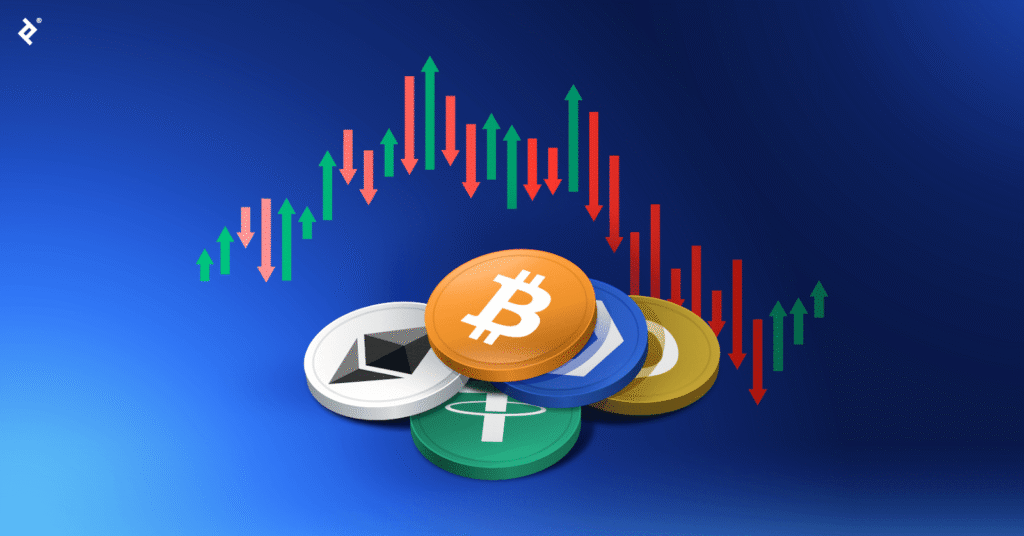What Is Crypto, and Why Should You Care?
Cryptocurrency isn’t just a passing trend — it’s reshaping how people think about money, savings, and investing. Still, terms like blockchain, wallets, and DeFi can sound confusing if you’re just getting started.
This guide will help you cut through the noise and understand what crypto really is, how it works, and why it matters — in clear, simple terms.
1. What Exactly Is Cryptocurrency?
At its core, cryptocurrency is digital money that runs on blockchain technology — a decentralized system that doesn’t rely on traditional banks or governments.
- Bitcoin was the first cryptocurrency, launched in 2009.
- Others, like Ethereum, Solana, and Cardano, offer different features and use cases.
Unlike traditional currencies, cryptocurrencies are borderless, transparent, and not controlled by any central authority.
2. Is Crypto Safe? Understanding the Risks
Like any investment, crypto comes with risks — but also with unique opportunities.
Potential benefits:
- High growth potential
- Full control over your assets
- Markets open 24/7 around the world
Risks to consider:
- High volatility (prices can change quickly)
- Security threats, including scams and phishing
- Transactions are often irreversible
Rule of thumb: Only invest what you can afford to lose.
3. How to Buy Crypto: A Step-by-Step Guide
Getting started is easier than you might think:
- Choose a crypto exchange
Look for reliable platforms such as Coinbase, Binance, Kraken, or Bitstamp. Prioritize those with strong security features. - Verify your identity
Most legal platforms will ask you to complete a “Know Your Customer” (KYC) check. - Deposit funds
Use a bank transfer, debit card, or other supported payment methods. - Make your first purchase
Start with Bitcoin (BTC) or Ethereum (ETH). You can buy as little as a few euros or dollars — you don’t need a whole coin.
4. How to Store Your Crypto Safely
There are two main types of wallets:
- Hot wallets (online): Convenient and easy to use — good for beginners.
Examples: MetaMask, Trust Wallet - Cold wallets (offline): More secure — ideal for long-term storage.
Examples: Ledger, Trezor
Important tip: If you don’t own the private keys, you don’t fully own your crypto. That’s why many experienced users recommend self-custody for long-term holdings.
5. Popular Cryptocurrencies and What They Do
Here are some major players in the crypto space:
| Name | Ticker | Purpose |
|---|---|---|
| Bitcoin | BTC | Digital store of value (“digital gold”) |
| Ethereum | ETH | Platform for smart contracts and DeFi apps |
| Solana | SOL | Fast, scalable apps and transactions |
| USDC | USDC | Stablecoin pegged to the US dollar |
| Chainlink | LINK | Connects smart contracts to real-world data |
Before investing, learn about the project’s purpose and community — not just its price.
6. Key Crypto Terms to Know
Understanding a few key terms can go a long way:
- Blockchain: A public ledger that records all crypto transactions
- Wallet: Where your crypto is stored
- Gas fees: Transaction costs (especially on Ethereum)
- HODL: Slang for holding your crypto long term
- DeFi: Decentralized finance — financial tools without banks
7. Is It Too Late to Get In?
Short answer: No.
Crypto is still early in its development, similar to where the internet was in the late 1990s. While prices go up and down, the technology is growing steadily and changing industries around the world.
You don’t need to jump in all at once. Start small. Learn as you go.
8. How to Invest in Crypto (Without Regrets)
Here’s how to approach crypto investing wisely:
- Start with a small amount (even just $10–$100)
- Don’t bet everything on a single coin
- Use dollar-cost averaging (invest a fixed amount regularly)
- Transfer your coins off the exchange for long-term holding
- Ignore social media hype — research before you invest
Start Small. Learn Smart.
Crypto can feel overwhelming at first, but it becomes manageable once you understand the basics. With the right tools and a clear strategy, you can participate in one of the most important financial shifts of our time — safely and confidently.
Create your first wallet. Buy a small amount of Bitcoin. Take that first step. The future of money is already digital — and you don’t need to be rich or an expert to be part of it.



